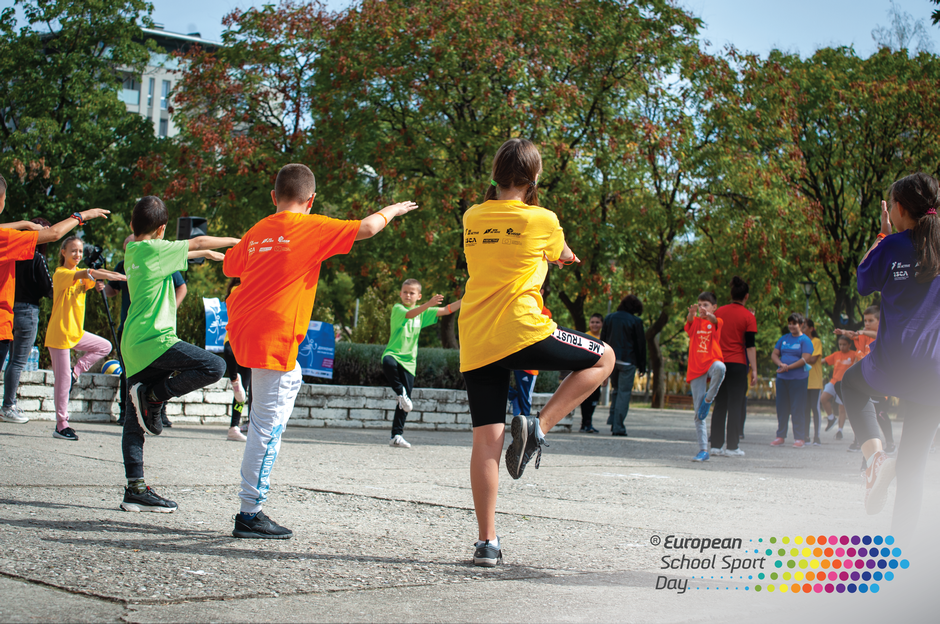4 ways to reduce sedentary time during the school day
18/08/2023

Sedentary behaviour involves a prolonged time of inactivity whilst being awake – at school this usually means sitting. But restless moving around gets in the way of focusing and learning, right? Well, not quite. Moving regularly can help beat fatigue and stimulate children’s attention spans and, ultimately, their performance.
What is the maximum sedentary time recommendation for kids?
The WHO does not set maximum limits for sedentary time for children or adults but suggests limiting the amount of time spent being sedentary. The 24-hour movement guidelines for children recommend no more than 2 hours per day of recreational screen time and limited sitting for extended periods.
How much are children sitting?
A large multi-country survey run in 10 countries during the COVID-19 pandemic reported that children spent on average 2.4 hours on weekdays and 2.9 hours on weekends in front of different screens during their free time, and less than half of the kids met the 24-hour movement guidelines for screen time. Older children and boys spent more time sitting.
Did you know?
Physical activity appears to help organise children’s developing brains. Physical activity is associated with more efficiently organised, robust, and flexible brain networks. So the more physical activity, the “fitter” the brain (Source: Brooks et al, 2021).
So what can schools do?
School teachers can think outside the box to find the right moments for physical activity throughout the day that energise rather than disrupt their class. Exercise doesn’t need to be limited to PE or school sport – and learning time doesn’t always need to mean sitting down.
4 types of active elements you can add to an average school day:
1. Brain Breaks
- Regular 1-5-minute pauses for children to get up, stretch and move.
- Inclusive, easy and non-intimidating games that engage all students – students can alternate in leading the active break with their favourite MOVE.
2. Active Learning
- Make your lessons more active! Counting can be combined with jumping in maths; science can include a “study tour” outside in the nature; and teaching about health should of course include exercise!
3. Active Homework
- Assign homework tasks that combine learning with physical activity – be creative and make sure parents and carers know how to help.
4. Active Transport
- Ensure safe routes to school and take action in the community if walking or cycling paths are unsafe.
- Facilitate bike education, walking or even scooter groups to help children feel more confident commuting actively.
(Source: Adapted from the Healthy and Physically Active Schools in Europe (HEPAS) project resources. Discover more in our latest study about Active Transport to school in Europe).
This blog post is an extract from the European School Sport Day toolkit on promoting healthy lifestyle choices at schools: More activity. Less sitting. Better diet. Better sleep. Download the toolkit here for more practical ideas to get school children moving more throughout the year.
Visit the European School Sport Day website to get involved in this year's event on 29 September.
Posted on 18/08/2023 by Rachel Payne, ISCA and Viktória Anna Kovács, WHO Europe

